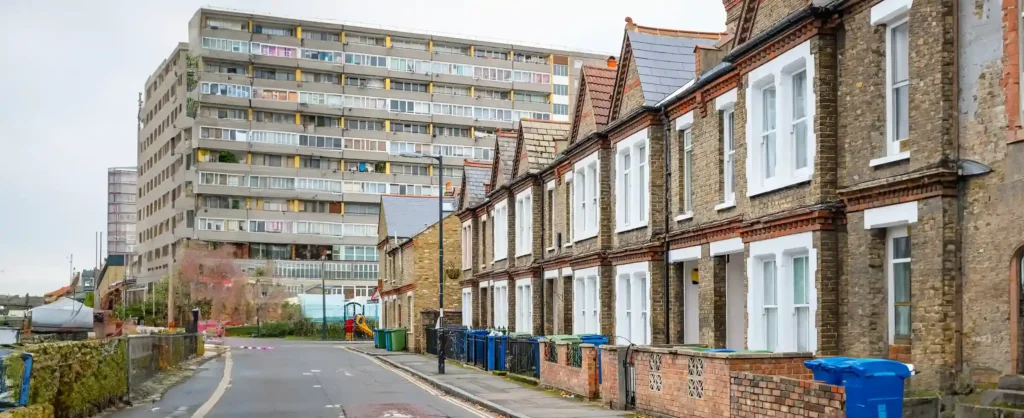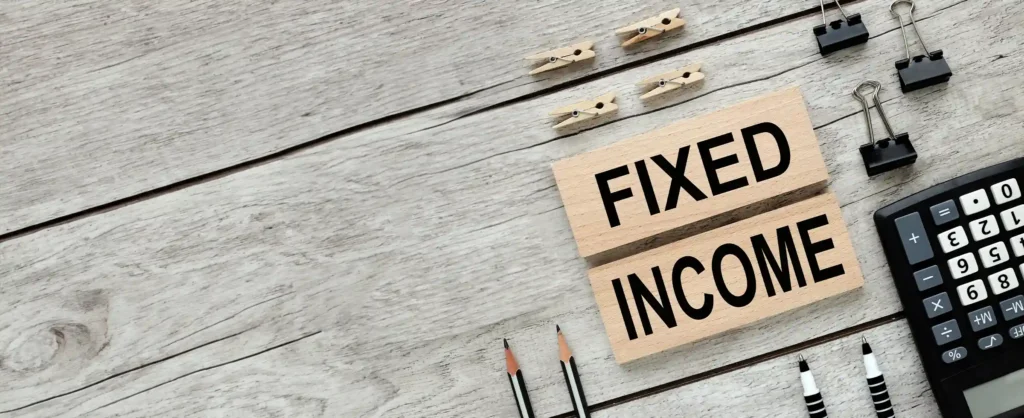With the announcement of the Spring Budget for Long-Term Growth earlier this month, the future of Stamp Duty Land Tax and its role in shaping the housing market are in question. For many, Stamp Duty has been an unfortunate fact of purchasing residential property under a worsening housing crisis, but its influence on the health of the housing market may be more insidious and far-reaching than it appears.
One of the terms outlined in Chancellor Jeremy Hunt’s speech was the abolition of Multiple Dwellings Relief (MDR) from Stamp Duty Land Tax. According to the Chancellor’s speech, MDR – which offers tax relief for bulk purchases of residential property by reducing the rate payable on the average price of a single home – was largely abolished due to costing the UK treasury £700 million a year in lost revenue without driving much investment to the private rented sector.
For property investors, this upcoming policy change could impact the costs of purchasing multiple homes. According to KPMG, those purchasing fewer than six homes may even see their purchasing costs increase by as much as 15%. This is hardly the first time Stamp Duty relief has been introduced and revoked in the last few years and the implications of the continued abolition of relief periods could end up costing everyone, from first-time buyers to retirees, more than they bargained for.
Stamp Duty Land Tax: What, Why, When?
The GOV.UK website defines Stamp Duty Land Tax – or ‘Stamp Duty’ – as the amount you pay when you purchase property or land over a certain price in England and Northern Ireland.
Originally introduced in 1695, Stamp Duty was intended as a temporary measure to raise funding for England’s war against France and was set at a fixed rate regardless of property value. In the late 19th century, however, Parliament opted to create a tax that adjusts the duty on the value of land as it is bought and sold.
Since this addition to its original terms, Stamp Duty has developed into a major consideration when purchasing land or property. Though the highest rate payable on any purchase was 1% as recently as 1997, the last several years have seen rates rapidly increase to a staggering 12% on the most expensive properties in 2022. This sudden spike has been attributed to the constant reworking by incumbent governments, which itself is the result of the UK’s equally precipitous fall into its current housing crisis. Upto this March’s Spring Budget, the most recent change to Stamp Duty was the temporary holiday intended to encourage property sales during the market-stagnating COVID-19 pandemic.
Today, Stamp Duty is a subject of hot debate, with everyone from politicians and landlords to renters and activists having an opinion to share. But besides putting money in pockets, what makes getting rid of the age-old tax so appealing to so many of its detractors?
Is It a Problem for the Housing Market?
Perhaps due to the mounting pressures of the housing, mortgage and cost of living crises on British people from all walks of life, Stamp Duty has increasingly come under fire in the past several years.
In some contexts, it is criticised by industry experts for over-taxation. Rightmove proposed a Stamp Duty reform ahead of the Spring Budget this year, highlighting its disproportionate impact on certain regions of England compared with others. The Institute for Fiscal Services suggested that Stamp Duty punishes landlords and renters by forcing the former to raise rental costs to make ends meet.
The human and social cost of Stamp Duty is also frequently cited as justification for reform. An article published by the Guardian argues that older people are often forced to stay in under-occupied homes due to Stamp Duty pricing them out of downsizing, creating a domino effect that negatively impacts housing affordability and availability. Even the recent COVID Stamp Duty holiday largely benefitted those who purchased homes worth more than £500,000, leaving the average person no better off when it ended than when it began. The fact that the COVID pandemic saw over four million homes enter higher tax brackets further suggests that Stamp Duty only compounds existing housing affordability issues.
Certainly, there is a growing perception among housing market stakeholders that Stamp Duty is a tax that disproportionately harms low-income households. In 2022, a study by the HomeOwners Alliance found that as many as one in four first-time buyers were paying Stamp Duty, voicing concerns that the government are treating these buyers as a ‘taxation cash cow.’ While government officials have countered that cutting Stamp Duty would hurt first-time buyers and cause a steep rise in house prices, recent research from Zoopla suggests that over 90% of first-time buyers are currently searching for homes using their platform and that this number will shrink significantly if further temporary tax breaks go the way of Multiple Dwellings Relief.
The Benefits of Stamp Duty Reform
Though the events of COVID and its ramifications for the housing market built a strong case for the benefits of suspending Stamp Duty indefinitely, doing so may remain an unrealistic goal during an economic downturn.
Still, even slight reformation may yield positive results for the housing market. The first-time buyer Stamp Duty relief introduced in 2022 abolished it for homes costing up to £250,000. So far, this tax holiday has allowed over 200,000 first-time buyers to save £708 million on property purchases in total, but with the relief due to end in 2025, these buyers will soon be locked out of the housing market again.
A London School of Economics report on the impact of Stamp Duty on the English housing market has argued that it has contributed to a dysfunctional and skewed housing market where the concentration of higher-value properties in London and the South East has helped keep the working class locked out of homeownership in these areas and that a gradual phasing out of its terms could be pivotal to avoiding another housing market crash.
More immediately, many experts believe that a permanent or scaling Stamp Duty cut could encourage people to move and purchase homes more readily, stimulating the housing market and the economy in a time when a shot in the arm is sorely needed.
Why Stamp Duty’s Not an Issue at Concept Capital Group
At Concept Capital Group, we offer an alternative approach to property investment that does away with the hefty fees and hidden costs associated with traditional property investment.
When you purchase one of our homes, you can unlock a one-of-a-kind buy-to-let asset that can generate equally consistent passive income for a fraction of the cost and no land taxes in sight.
For more on how we keep our homes tax-free, book a call with our team today.













